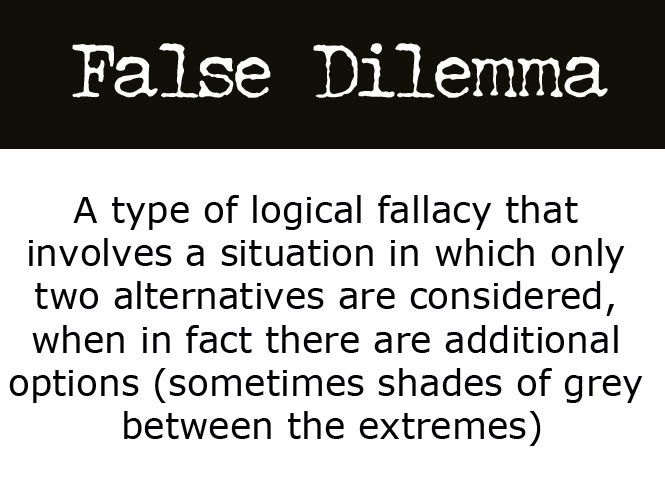Why are children on the autism spectrum prone to "meltdowns"?

Children with ASD level 1 or High Functioning Autism (HFA) are prone to meltdowns when they find themselves trapped in a situation that is difficult to cope with, especially those which involve frustration, sensory overload, pain or confusion. These situations tend to happen more frequently for children who have one or more of the following characteristics: Communication delays or challenges Difficulty identifying and controlling emotions Difficulty understanding cause and effect Difficulty with social comprehension Executive functioning disruption Hypersensitivity to sensory input Low frustration threshold Low frustration tolerance Resistance to change Rigid or inflexible thinking Sensory integration dysfunctions Think of meltdowns as an “escape mechanism.” If the HFA child has the means to get himself out of a stressful situation before it becomes overwhelming, the cognitive and emotional pressure subsides. Without these means of escape, the stress will escalat
